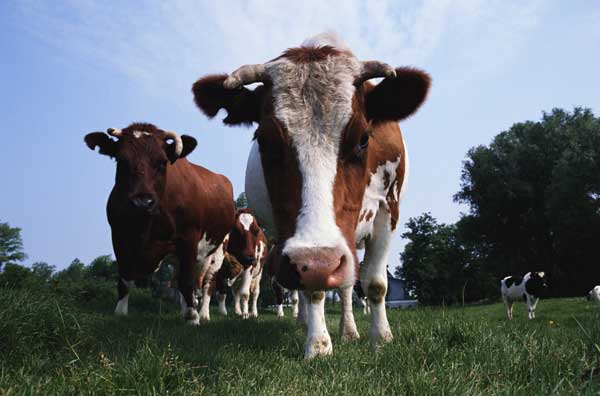
First anthrax case this year in Texas livestock confirmed
Anthrax confirmed in Texas sheep.The first case of the year was reported in a white-tail deer in Uvalde County in mid-June.TAHC regulations require vaccinations of exposed livestock and proper disposal of carcasses before a quarantine can be released.

The Texas Animal Health Commission (TAHC) has confirmed the first case of anthrax in livestock in Texas this year after a yearling female sheep in West Texas was diagnosed with the bacteria on a ranch near Mertzon, Texas, located about 25 southwest of San Angelo.
TAHC State Veterinarian Dr. Dee Ellis reports the animal is the second in Texas this year to succumb to anthrax, but the first in a domestic animal. The first case of the year was reported in a white-tail deer in Uvalde County in mid-June.
Irion County Extension agent Ross Benson says the sheep was a free range animal and so far no other livestock are suspect for contamination.
“I’ve been here (in Irion County) for several years now and this is the first case of anthrax in livestock that I know about,” Benson said.
When asked about local reactions to the confirmed case, Benson said it is “business as usual” for livestock producers.
“We are in the early stages of investigation right now so most producers in the county probably haven’t even heard the news yet. But I don’t expect any panic over it. We’ll be advising producers to keep their eyes out for livestock developing any symptoms related to the bacteria.”
TAHC officials say anthrax is a bacterial disease caused by Bacillus anthracis. Anthrax is an endemic cause of human and animal illness in practically all countries. The disease is still endemic in many developing countries, especially where livestock is subject to limited veterinary control.
From the 1960s to the 1990s, anthrax cases among animals have been recorded in 27 European countries, more than 20 Asian countries, more than 20 African countries, and Australia. In the New World, anthrax has been reported in the United States, Argentina, Brazil, Uruguay, Venezuela and many others countries. Cases of animal anthrax in the United States occur in Texas, Louisiana, Mississippi, Oklahoma, and South Dakota.
Not uncommon
It is not uncommon for anthrax to be diagnosed in livestock or wildlife in the southwestern part of the state. Basic sanitation precautions such as hand washing, wearing long sleeves and gloves can prevent accidental spread of the bacteria to people if handling affected livestock or carcasses.
Acute fever followed by rapid death with bleeding from body openings are all common signs of anthrax in livestock. Carcasses may also appear bloated and appear to decompose quickly. Livestock or animals displaying symptoms consistent with anthrax should be reported to a private practitioner or TAHC official.
When anthrax is suspected in livestock, treatment should begin immediately. The World Health Organization (WHO) recommends when the first incident of anthrax in a herd is confirmed, the remaining animals should be moved immediately from the field or area where the index case died and regularly checked at least three times a day for two weeks for signs of illness (rapid breathing, elevated body temperature). Any animal showing these signs should be separated from the herd and given immediate antibiotic treatment. Clinical experience has frequently demonstrated that animals, especially cattle, will respond favorably to treatment even though apparently in the terminal stages of anthrax.
Even if they go on to die (death in anthrax results from the effect of the toxin), the infecting load of B. anthracis will have been greatly reduced, if not entirely eliminated, significantly reducing the chance of subsequent transmission from the carcass to other animals.
"The TAHC will continue to closely monitor the situation for possible new cases across the state. Producers are encouraged to consult with their veterinary practitioner or local TAHC office about the disease and about preventive measures such as vaccination of livestock," Dr. Ellis said.
TAHC regulations require vaccinations of exposed livestock and proper disposal of carcasses before a quarantine can be released.
For more information regarding anthrax, contact your local TAHC region or 1-800-550-8242 or visit www.tahc.state.tx.us.
About the Author(s)
You May Also Like



